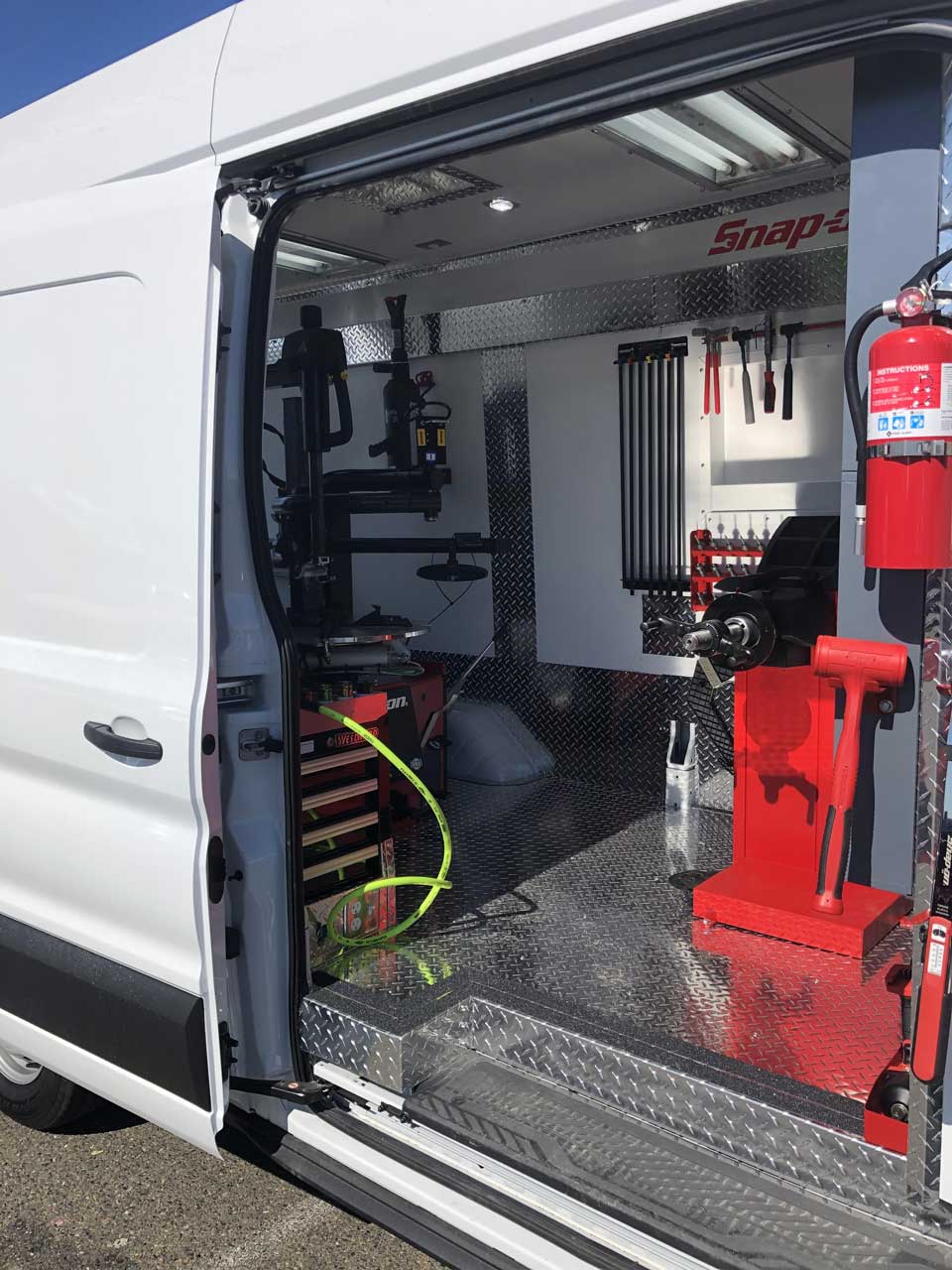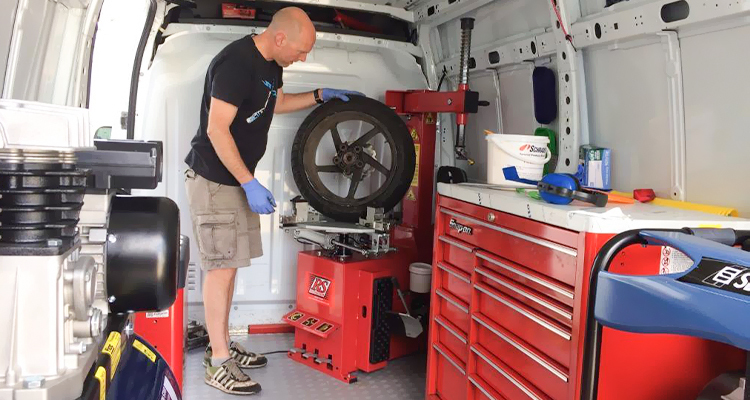Relied On Mobile Tire Service Las Vegas - On-Time Solutions
Relied On Mobile Tire Service Las Vegas - On-Time Solutions
Blog Article
Tire Service: Proven Methods for Optimum Tire Upkeep and Treatment
Preserving ideal tire condition is paramount for both safety and performance of any type of automobile. From making certain correct tire stress to routine rotation and alignment, there are proven methods that can substantially prolong the life expectancy of your tires and boost total driving experience. As we explore the complexities of tire care and upkeep, we will certainly reveal crucial standards that every automobile owner should comply with for the ideal possible results. Allow's dig right into the globe of tire solution and discover the secrets to keeping your tires in top-notch shape for the long haul.
Value of Tire Stress
Ample tire stress promotes better gas effectiveness, as under-inflated tires can lead to increased rolling resistance, creating the engine to work harder and eat more fuel. Proper tire pressure guarantees also tread wear, improving tire longevity and saving cash in the long run by postponing the requirement for early replacements. Consistently examining and changing tire pressure, specifically in the past long trips, is a simple yet effective means to boost lorry efficiency, prolong tire life expectancy, and focus on security on the roadway.
Tire Turning Guidelines
When thinking about tire rotation guidelines, it is crucial to recognize the importance of this maintenance task in maximizing tire life-span and keeping optimum automobile efficiency. Tire rotation involves changing the placement of each tire on an automobile to make certain also walk wear. Front tires have a tendency to use faster than rear tires as a result of guiding pressures, making regular turning important for balanced wear patterns. The advised rotation pattern varies depending on whether a car is front-wheel, rear-wheel, all-wheel, or four-wheel drive. Typically, tires should be revolved every 5,000 to 7,500 miles, or as suggested in the automobile handbook. Overlooking tire turning can cause uneven wear, influencing handling, grip, and potentially compromising car safety. By sticking to appropriate turning standards, drivers can expand the life of their tires, enhance gas effectiveness, and improve overall driving experience. Normal rotation is a straightforward yet efficient maintenance method that contributes substantially to tire longevity and vehicle efficiency.

Benefits of Wheel Positioning
Ensuring correct wheel alignment after tire turning is crucial for preserving well balanced wear patterns and making best use of car performance. In addition, right wheel placement helps to prolong the life-span of your tires. Misaligned wheels can cause unequal tire wear, leading to early tire substitute and raised maintenance costs.

Tire Tread Deepness Check
Performing a normal examination of tire step deepness is necessary for preserving safe driving conditions and lengthening the lifespan of your tires. Uneven step wear can suggest issues with tire placement, stress, or suspension, highlighting the value of regular step depth checks. By integrating tire step depth checks right into your routine maintenance timetable, you can drive click this with confidence recognizing that your tires are in top problem.
Seasonal Tire Evaluation
Seasonal tire examination is an essential element of tire upkeep that guarantees tires are ready to face the obstacles posed by different climate problems. In preparation for winter season, it is important to check the tire stress consistently as chilly temperatures can create tire stress to drop. By conducting regular seasonal tire assessments, chauffeurs can prolong tire life-span, improve fuel performance, and most importantly, ensure a safe and secure driving experience in varying climate problems.
Final Thought
Finally, preserving correct tire pressure, rotating tires regularly, straightening wheels correctly, monitoring walk deepness, and carrying out seasonal evaluations are essential methods for optimal tire care. By adhering to these shown approaches, chauffeurs can guarantee their tires last longer, carry out far better, and contribute to total automobile safety. It is very important to focus on tire maintenance to stop crashes, improve fuel effectiveness, and lengthen the lifespan of tires.
Ample tire pressure promotes much better fuel effectiveness, as under-inflated tires can lead to raised rolling check that resistance, causing the engine This Site to work more challenging and eat even more gas.When considering tire rotation standards, it is crucial to understand the value of this upkeep task in making the most of tire lifespan and preserving optimal lorry efficiency. Seasonal tire inspection is a fundamental aspect of tire maintenance that guarantees tires are ready to face the challenges positioned by different weather problems. By conducting regular seasonal tire assessments, motorists can extend tire life expectancy, improve fuel efficiency, and most importantly, make certain a safe driving experience in varying weather condition problems.
In final thought, preserving proper tire stress, revolving tires routinely, aligning wheels appropriately, monitoring walk deepness, and performing seasonal inspections are vital techniques for optimal tire care.
Report this page